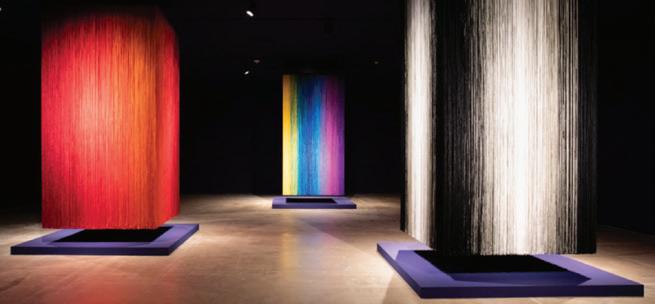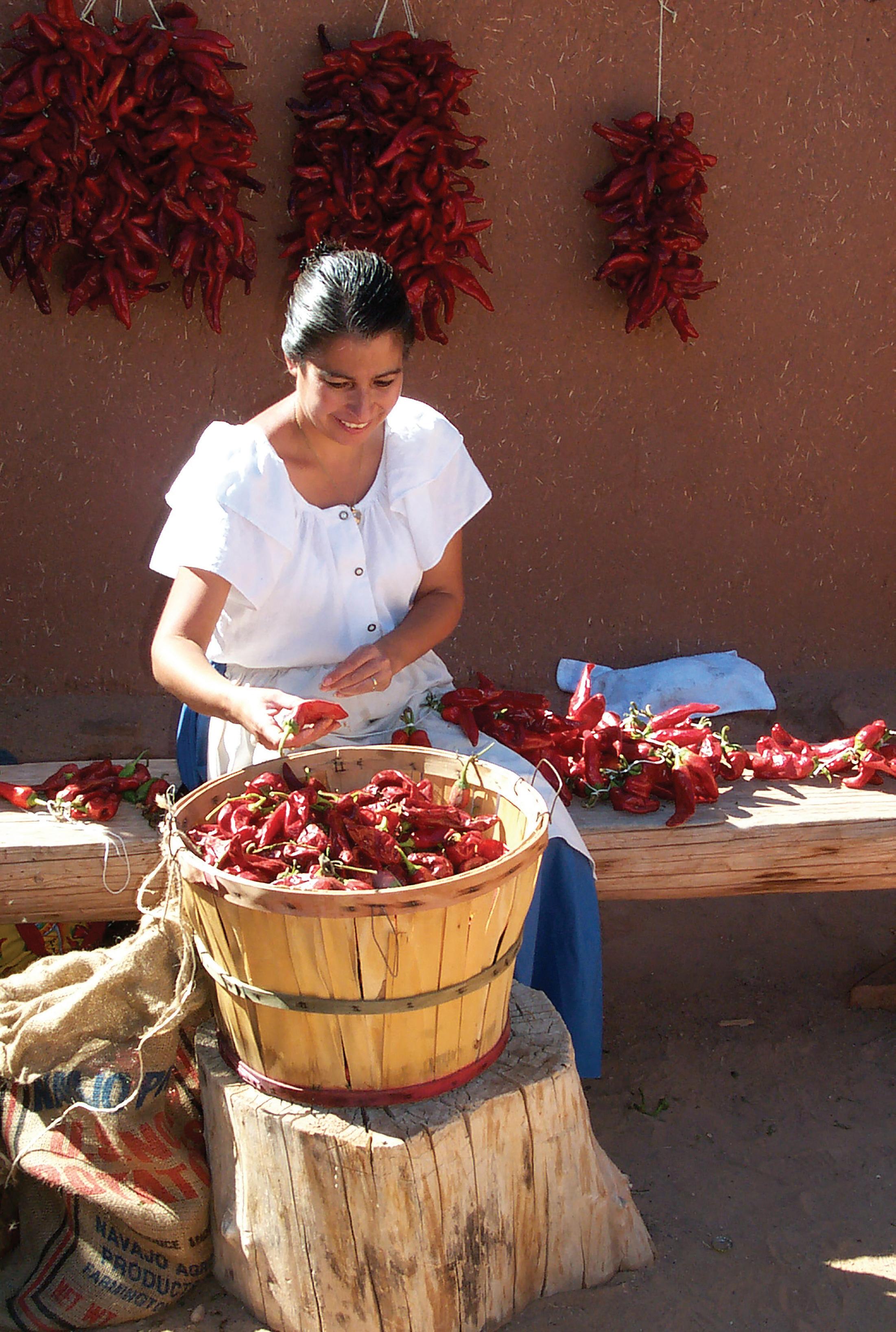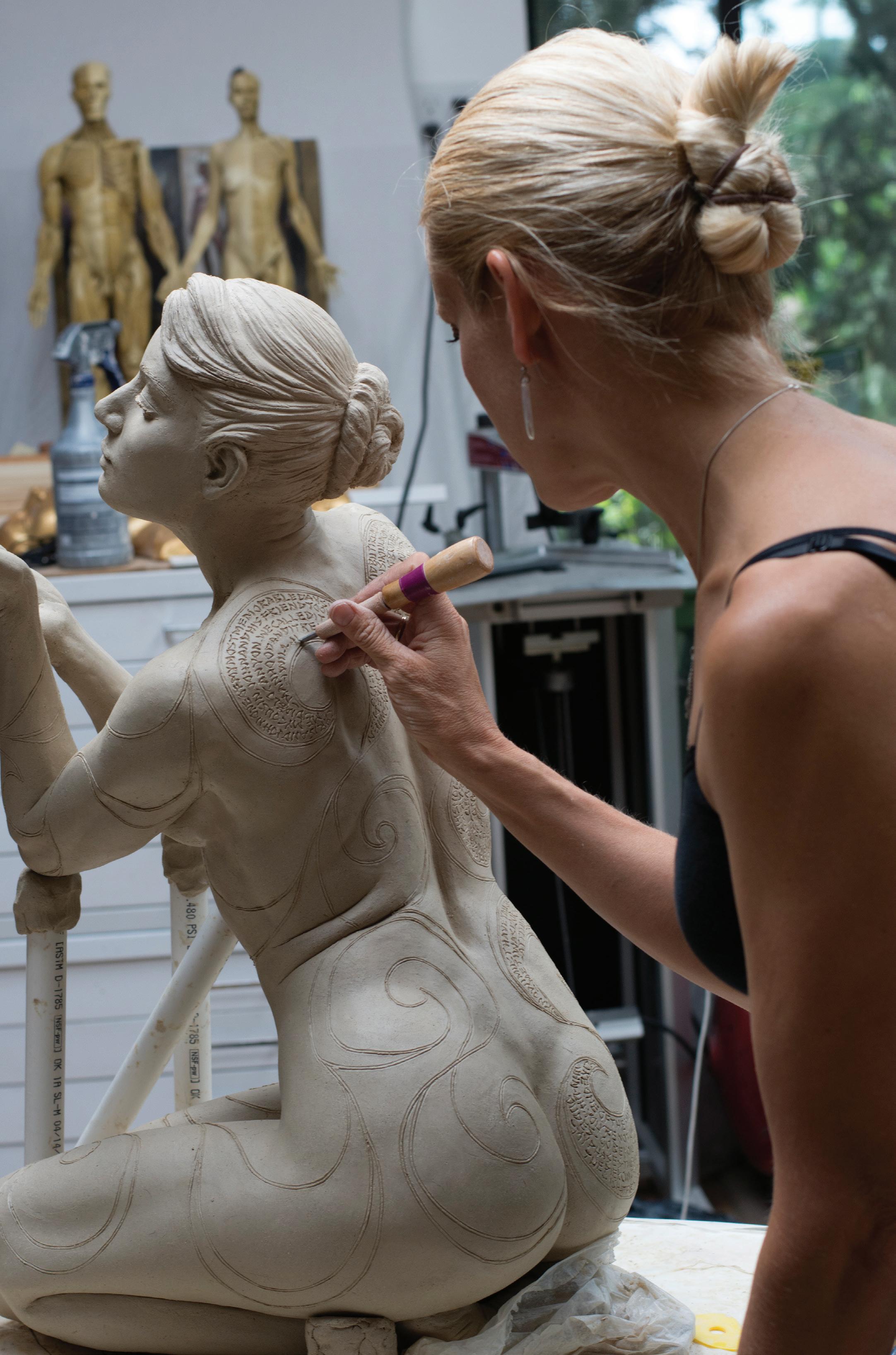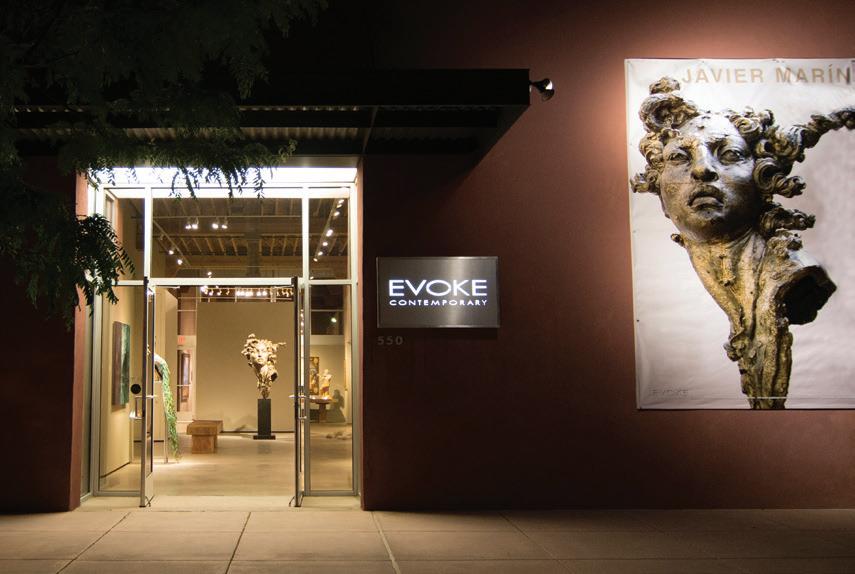
4 minute read
Infinite to Infinitesimal: David Alexander
Landscape artists often depict their subjects with a grandeur and majesty intended to leave the viewer with a sense of awe. But whether depicting the magnificence of a mountain range or the minutiae of a pond, Canadian painter David Alexander hopes to instill feelings less of reverence than of presence. His landscapes trip into pure abstraction, and he often applies paint with a gestural hand that captures nature’s force and flow. “Abstraction allows freedom,” he says. “I try to describe not what [a landscape] looks like but how it feels.”
Alexander’s fascination with art was nascent. His grandmother was a painter in France at the turn of the 20th century, and later moved to Alexander’s native Canada. Although she died when he was quite young, Alexander recalls her studio and her practice. His mother was a watercolorist, so the young Vancouverite grew up steeped in art. He was also drawn to the landscape. “When I was young and had my first car, I would think nothing of driving a hundred miles to go drawing,” he remembers.
He began painting seriously in high school, and went on to earn undergraduate and graduate degrees from,
respectively, Notre Dame University, in Nelson, British Columbia, and from the University of Saskatchewan, in Saskatoon.
His career has taken him across Canada, the United States, and around the world in search of landscapes untrodden by human feet, including frequent visits to Iceland, Greenland, and the Canadian Arctic. “I’m not a voyeur of the landscape. I’m attempting to understand it,” he says. “Some people have the feeling in the landscape that they must conquer it. But I see how we are at the mercy of the landscape. We are human specks. For 55 years I’ve investigated it, and I still get thrilled by it every day, whether in the studio or the field.”
Alexander has held prestigious artistic residencies with the Morris Graves Foundation, in California, and at Grand Canyon National Park. His works appear in prominent public, private, corporate, and government collections, including the Vancouver Art Gallery; the Museum of London; the HBC Global Art Collection, in New York; embassies in Berlin, Beijing, and Krakow; and private collections from Dubai to Seoul. In 2018, his accomplishments earned him induction into the Royal Canadian Academy of Arts, an honorary organization celebrating the achievement of excellence and innovation by Canadian artists and designers.

Opposite: David T. Alexander, The Staggering Surface Dance at Kaloya, acrylic on canvas, 78” x 96”. Above: David T. Alexander, My Head Remains in the Clouds as the Morning Starts, acrylic on canvas, 78” x 96”.
Although Alexander is usually described as a landscape artist, waterscapes have also drawn his eye. From September 30 to October 22, 2022, Evoke Contemporary will show large-scale works from his series Wet—paintings that capture reflective pools, ripples and reeds, and subtle shifts of light across water surfaces. Natural forms are occasionally identifiable, while at other times his radiant colors slip into pure abstraction. His meditations on water are especially poignant as climate change shifts weather patterns across the North American West, flooding his Vancouver home and leaving New Mexico parched. Working in a 78-by-96-inch format allows Alexander to lean in to capturing essence over identifiable form. “When painting very large, I’m almost out of control,” he says. “I’m swinging from the shoulders.”
Although his works in this show are large, Alexander’s first and perhaps truest love is drawing. “Drawing in the field is endemic. I draw all the time. I get lost in it,” he says. “Drawing is the closest thing to your brain. I get overwhelmed by what’s out there, but when I can bring it into a simple line, that’s marvelous.” And since the start of the pandemic, during which he’s worked out of a small cabin in Lake Country, British Columbia, drawing has almost been Alexander’s only medium.
Alexander’s drawings influence his paintings, which, despite his love of nature, he never creates outdoors. “Plein air is not interesting to me,” he says. “I’m not interested in describing what a scene looks like. I try to find the essence of it, the feeling of it.” Still, before painting a subject, he will visit it in the field many times to draw and take reference photographs. Back in the studio, he says, “Memory, photographs, and drawing influence me—but the painting takes over.”
After his more than half-century as an artist, Alexander’s lifestyle is fully interwoven with his identity. “I can’t live without making art,” he says. “When I’m upset, I make art. When I’m happy, I make art. When I’m poor, I make it. When I have money, I make it. It keeps me going and keeps me breathing. I want to make a perfect painting, but I can’t. Yet I try, again and again.”
—Ashley M. Biggers

Above: David T. Alexander in his studio
Opposite, top to bottom: David T. Alexander, The Interface in Summer’s Soup, acrylic on canvas, 78” x 96”. David T. Alexander, Emerald Spring Veins and Embroidered Collateral Skin Deep Water, acrylic on canvas, 78” x 96”.











